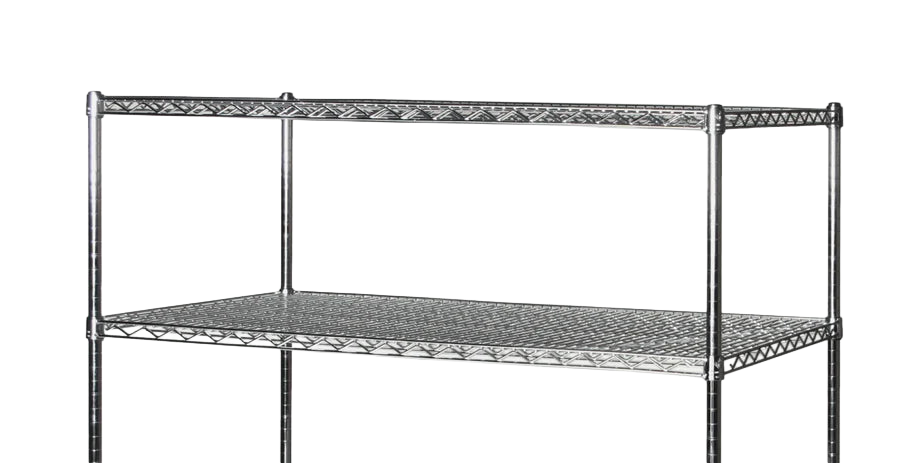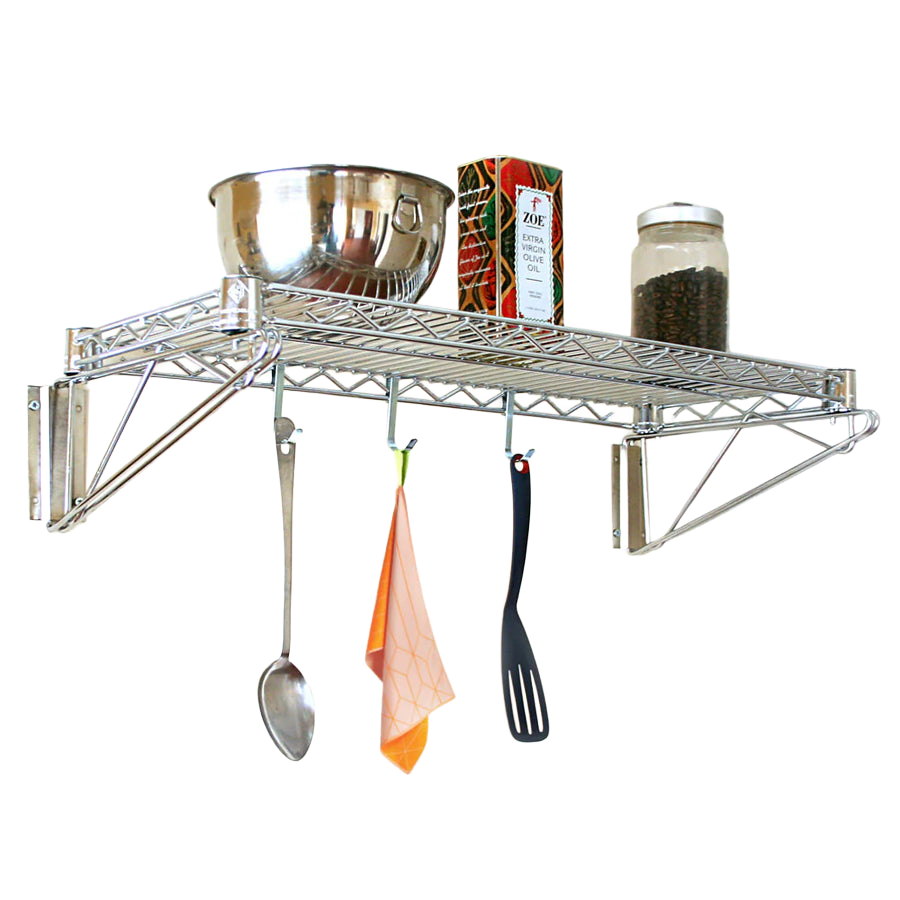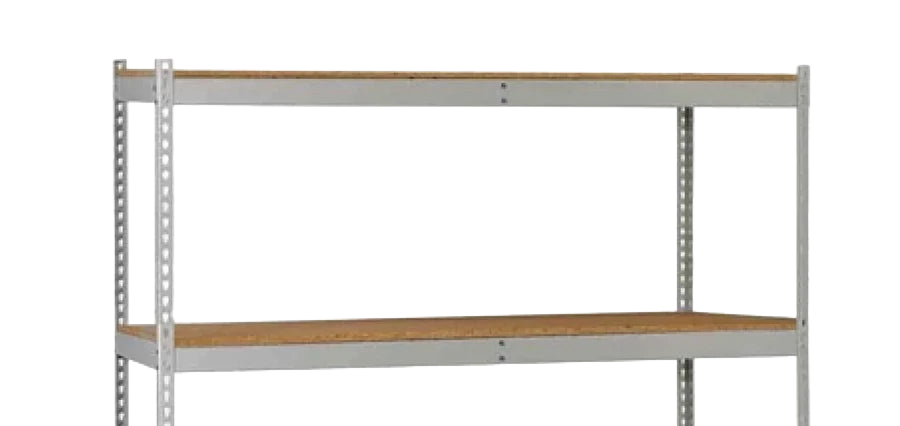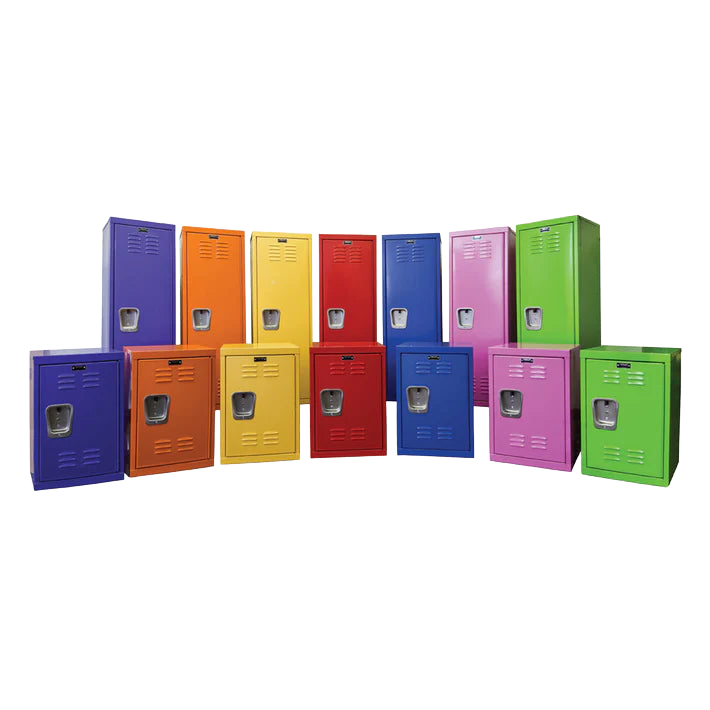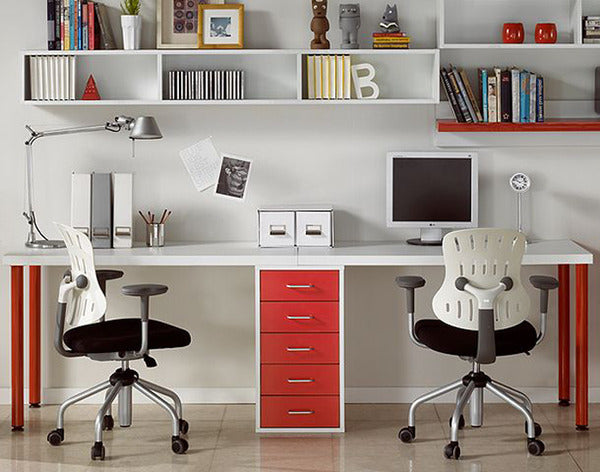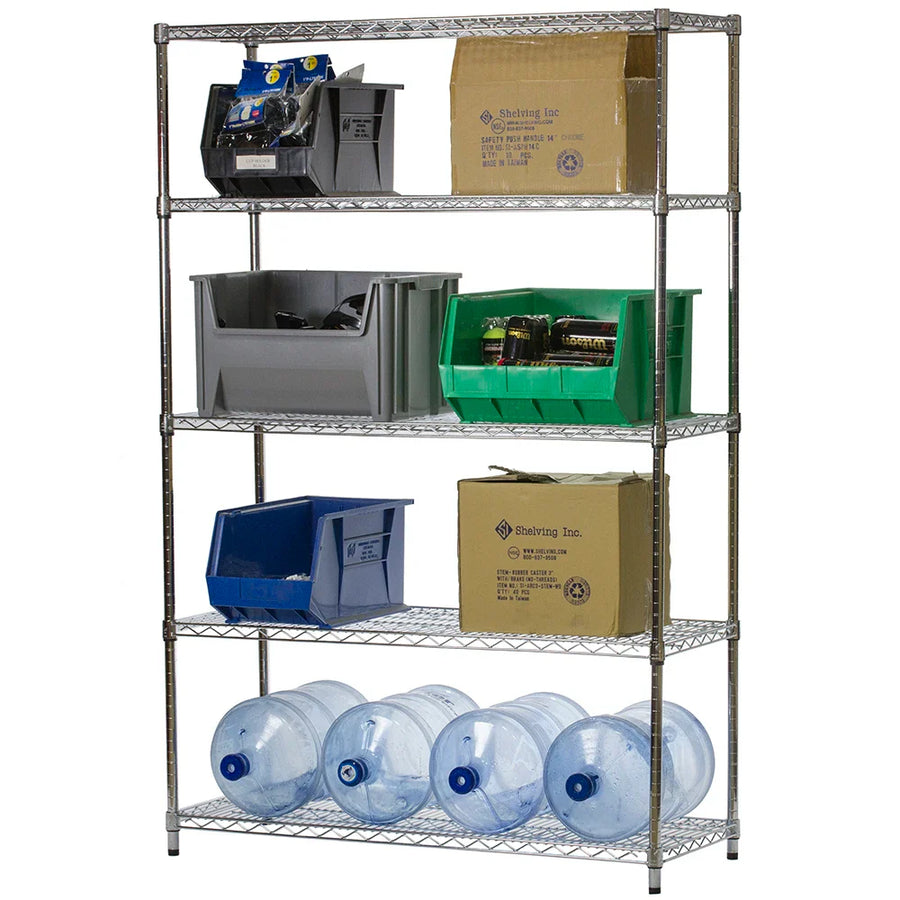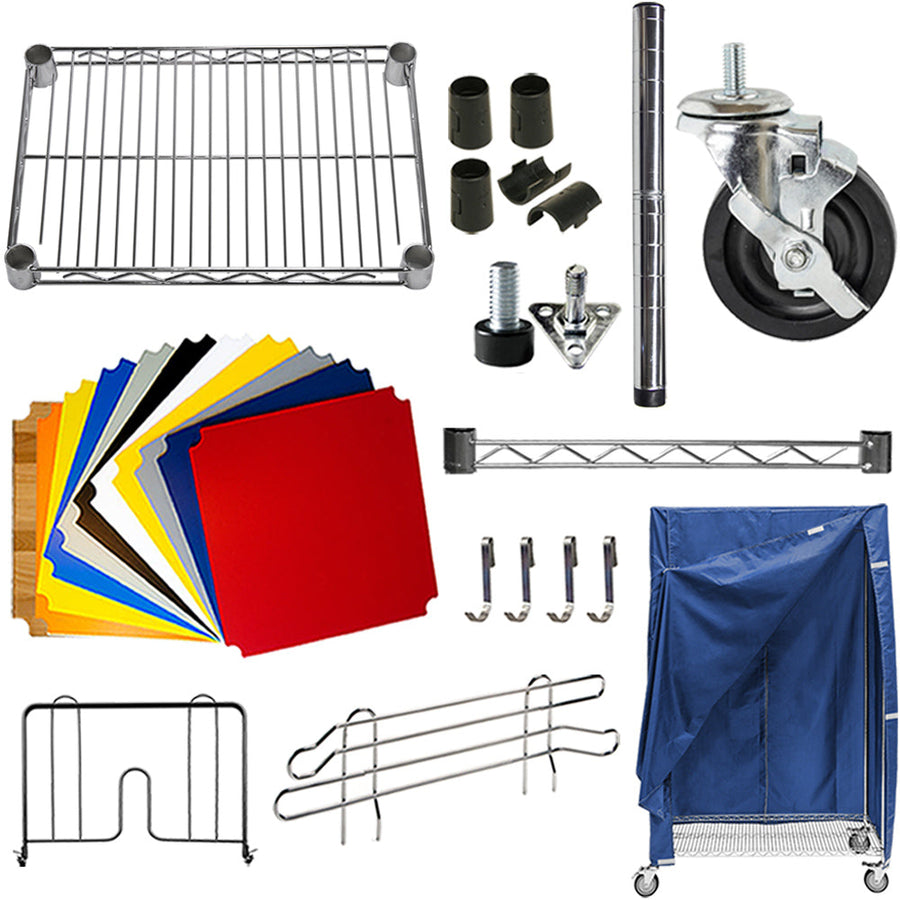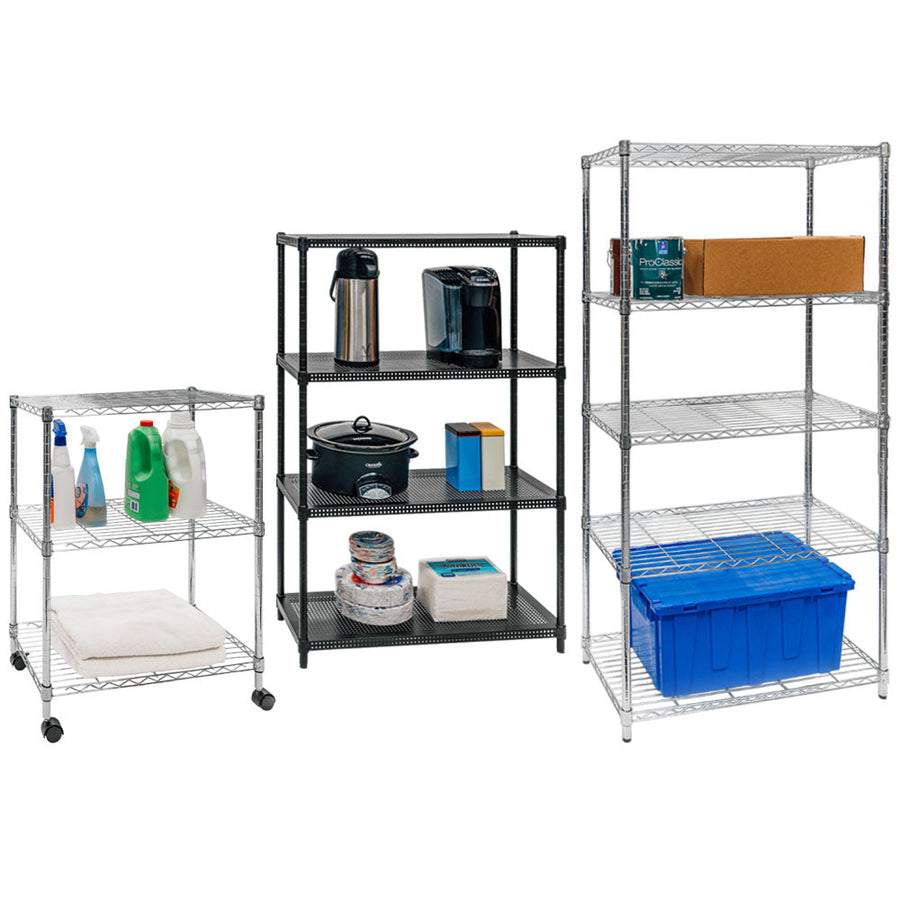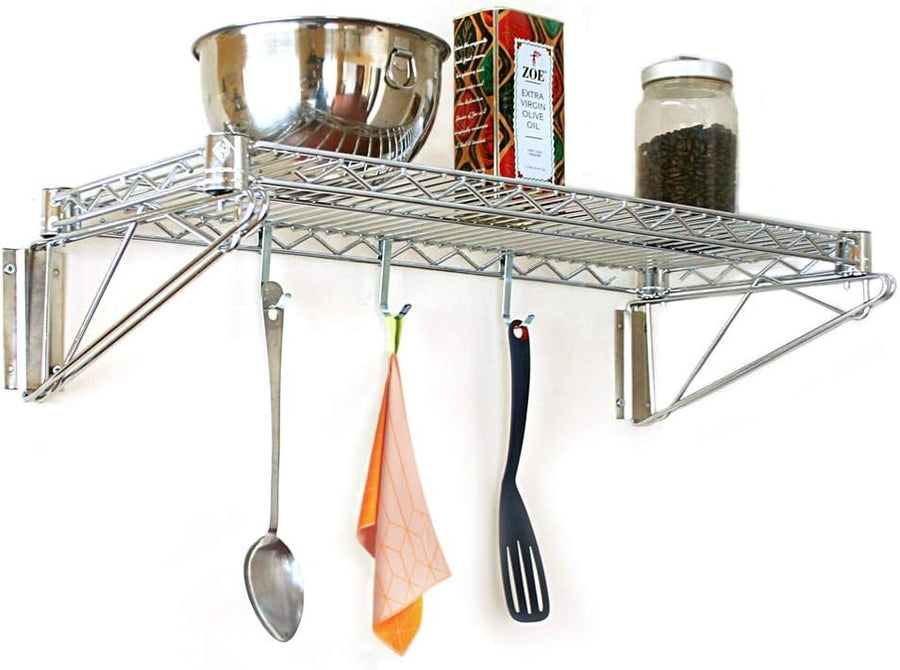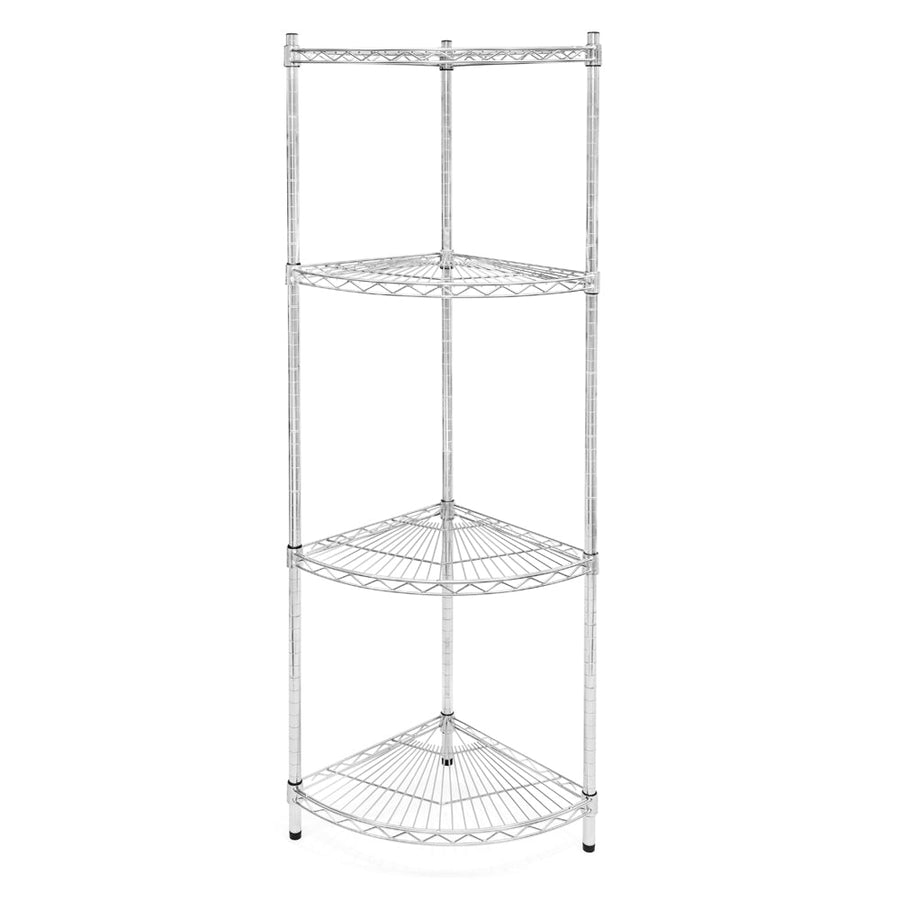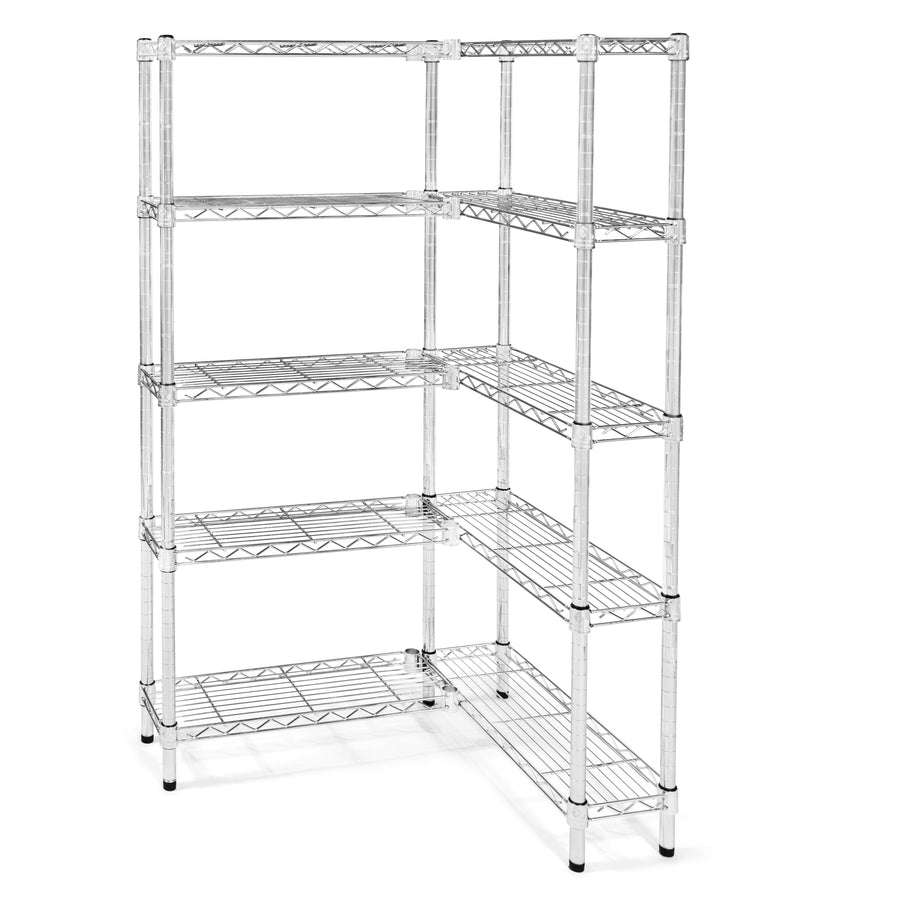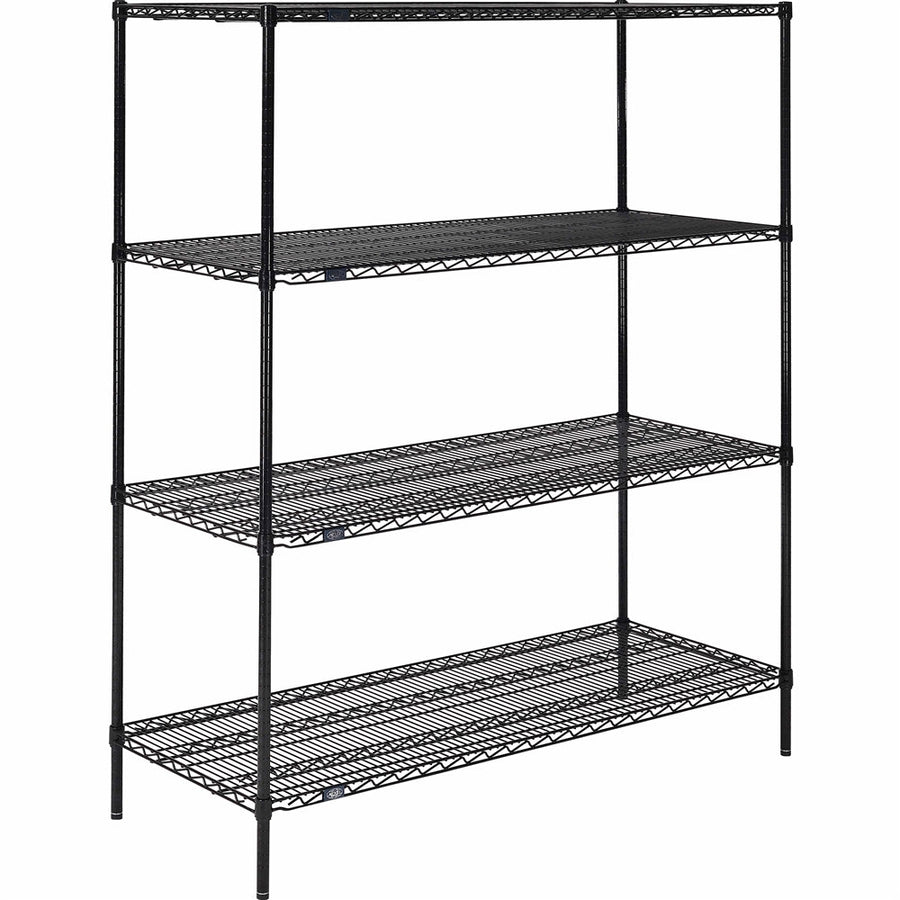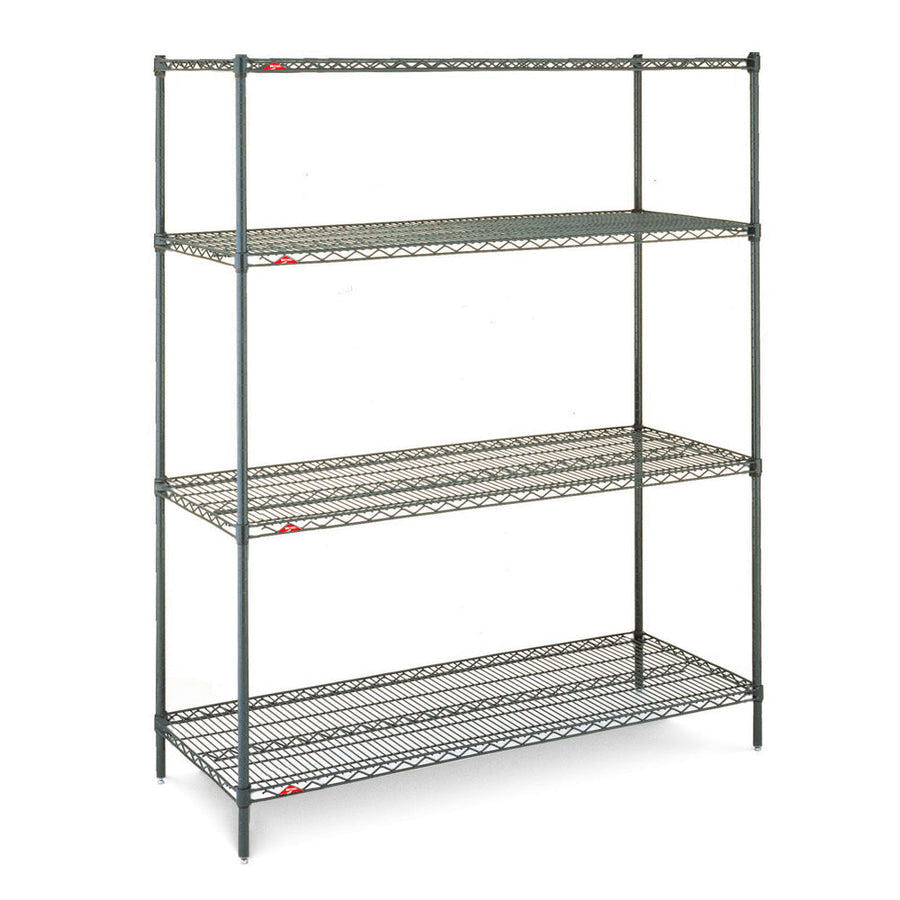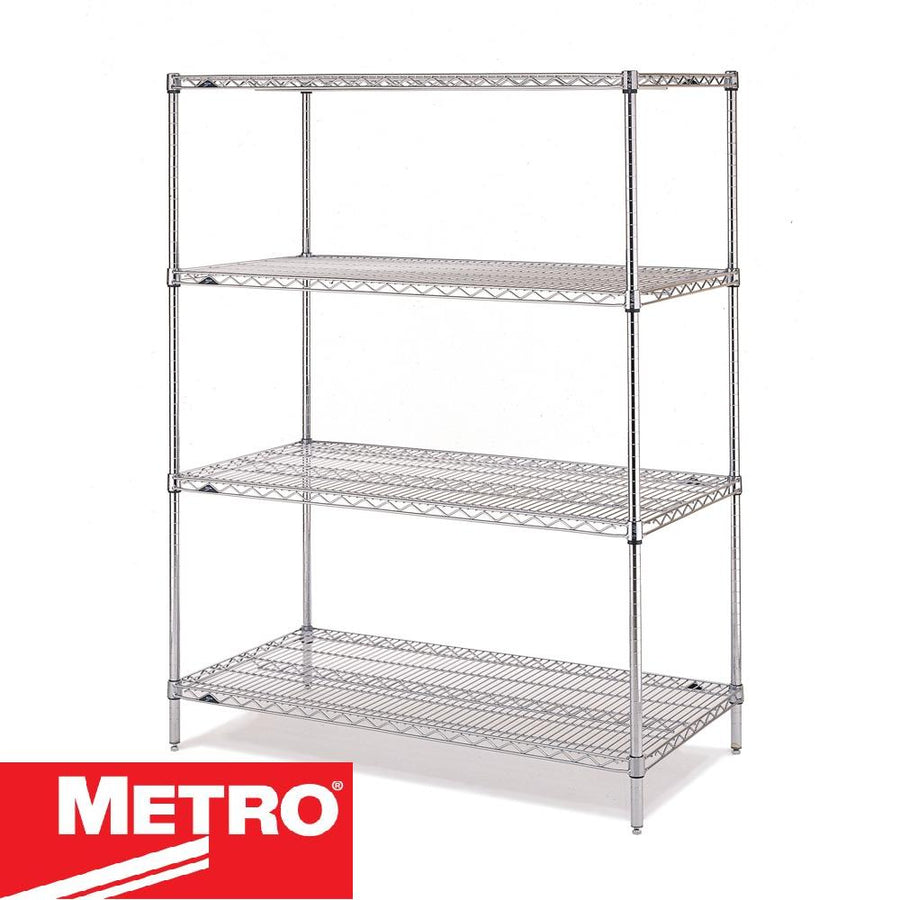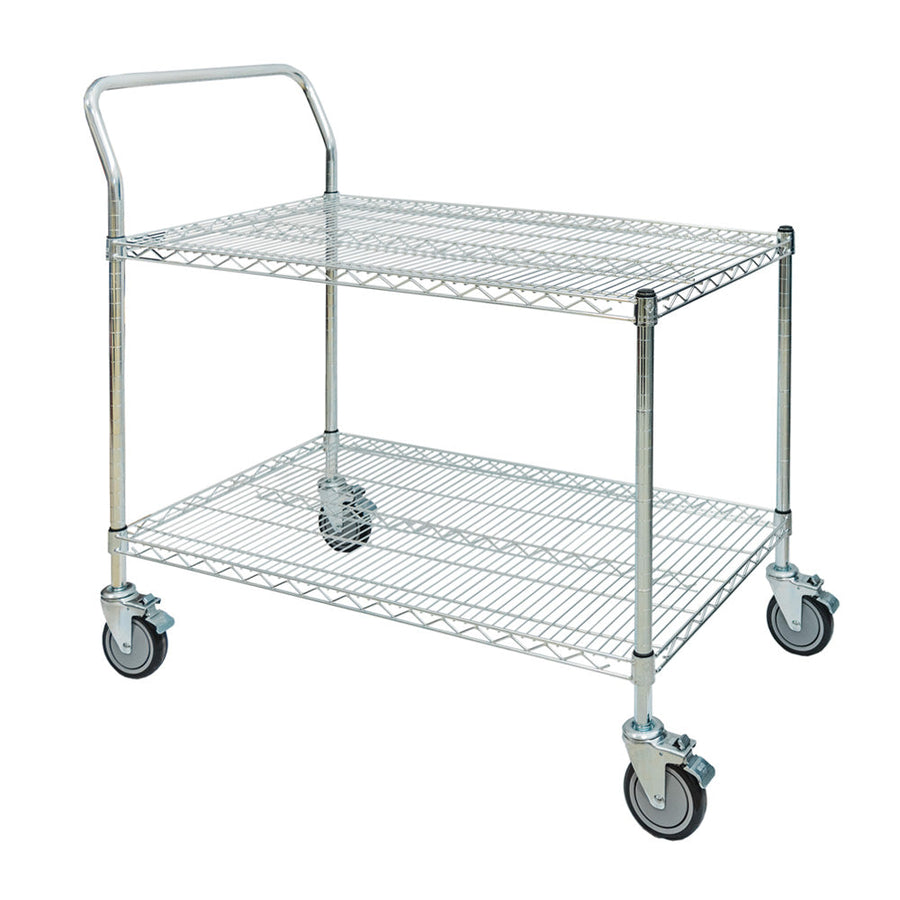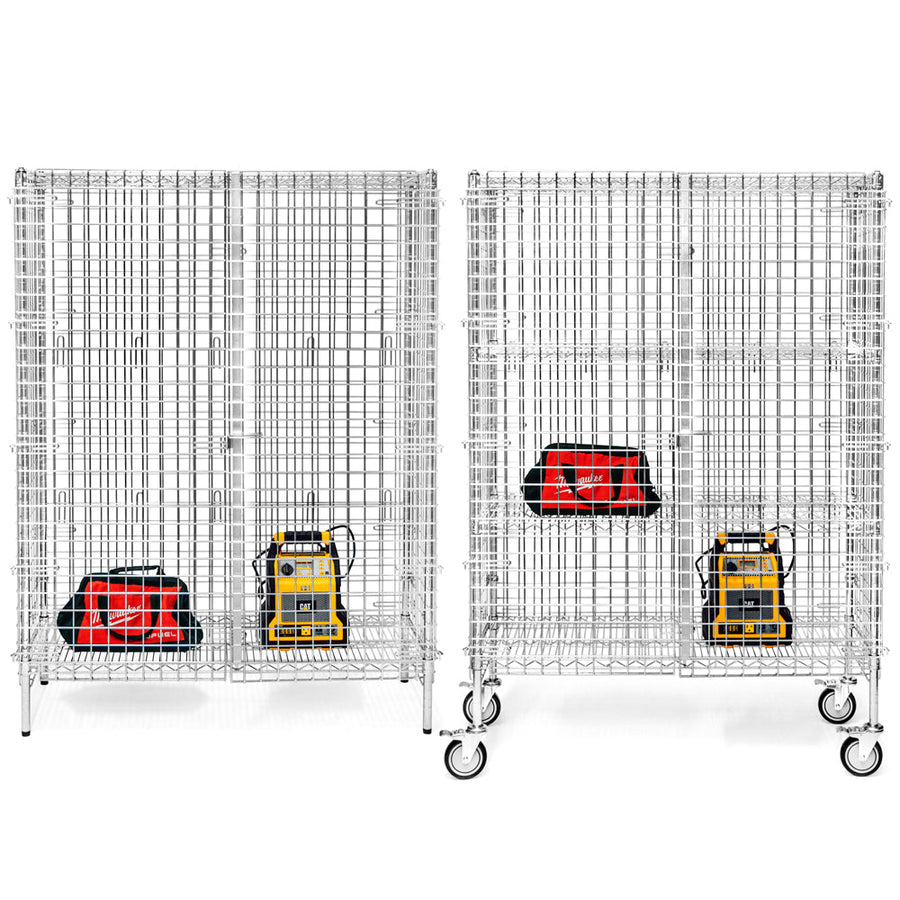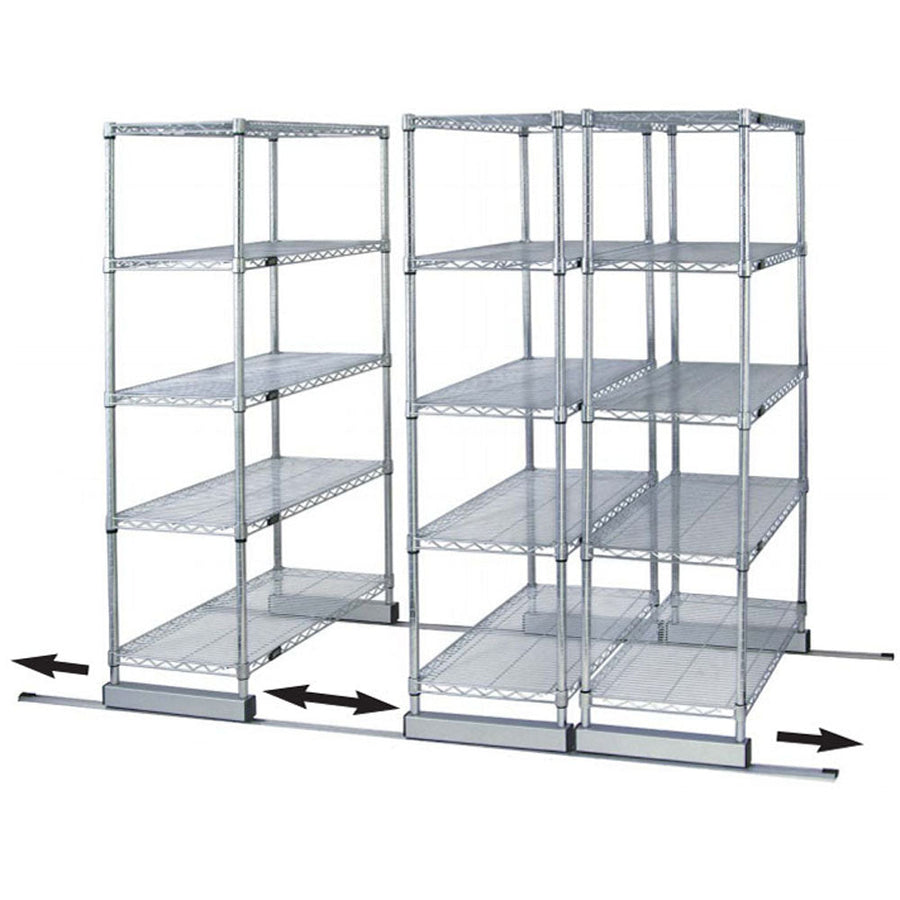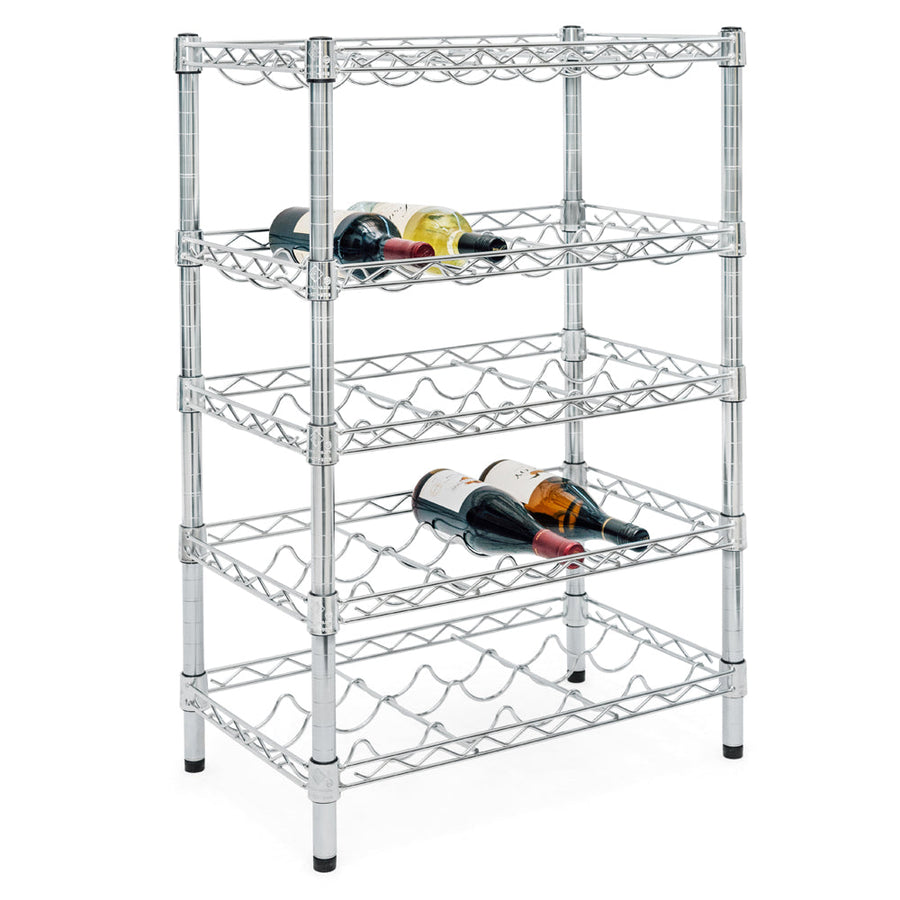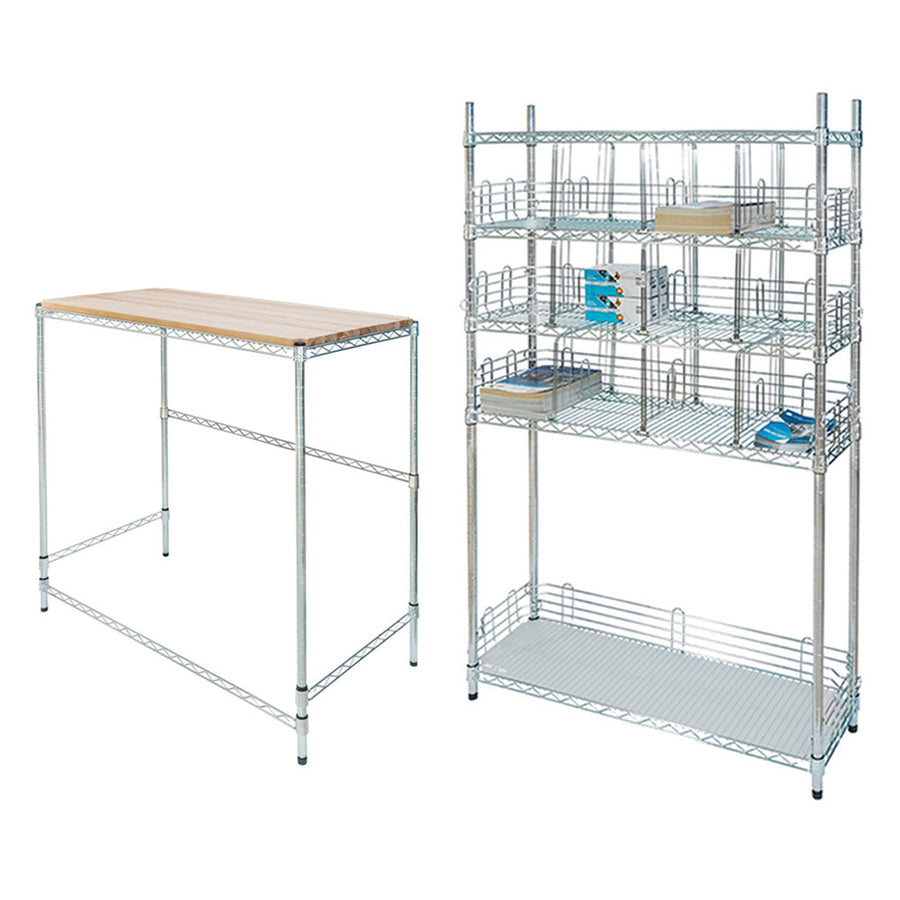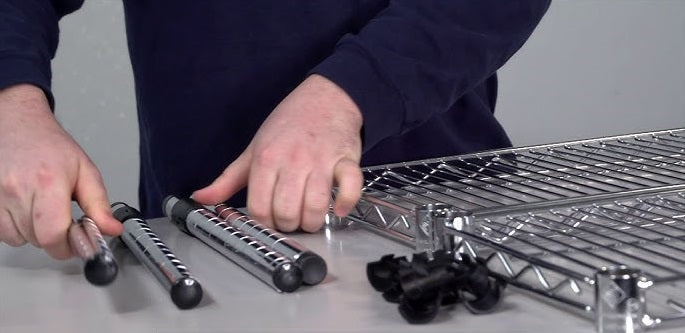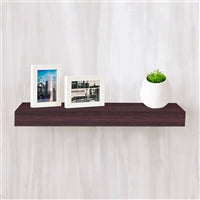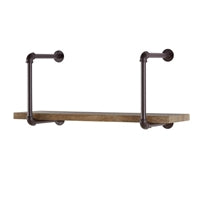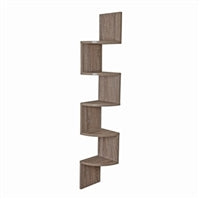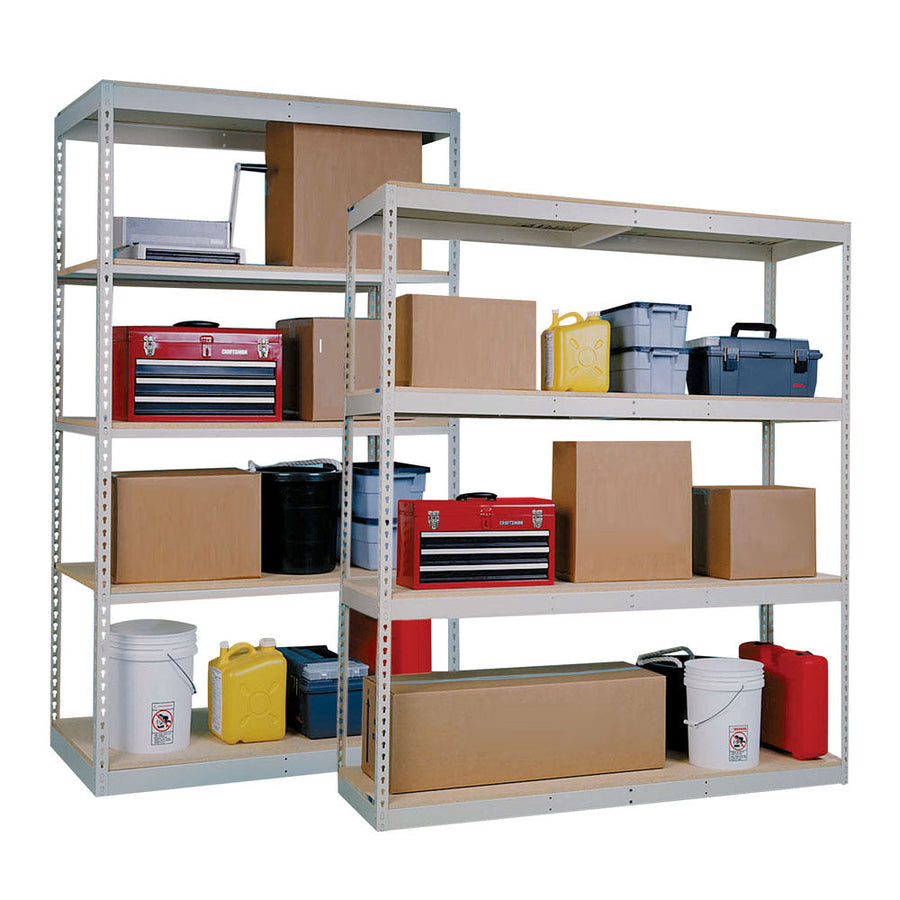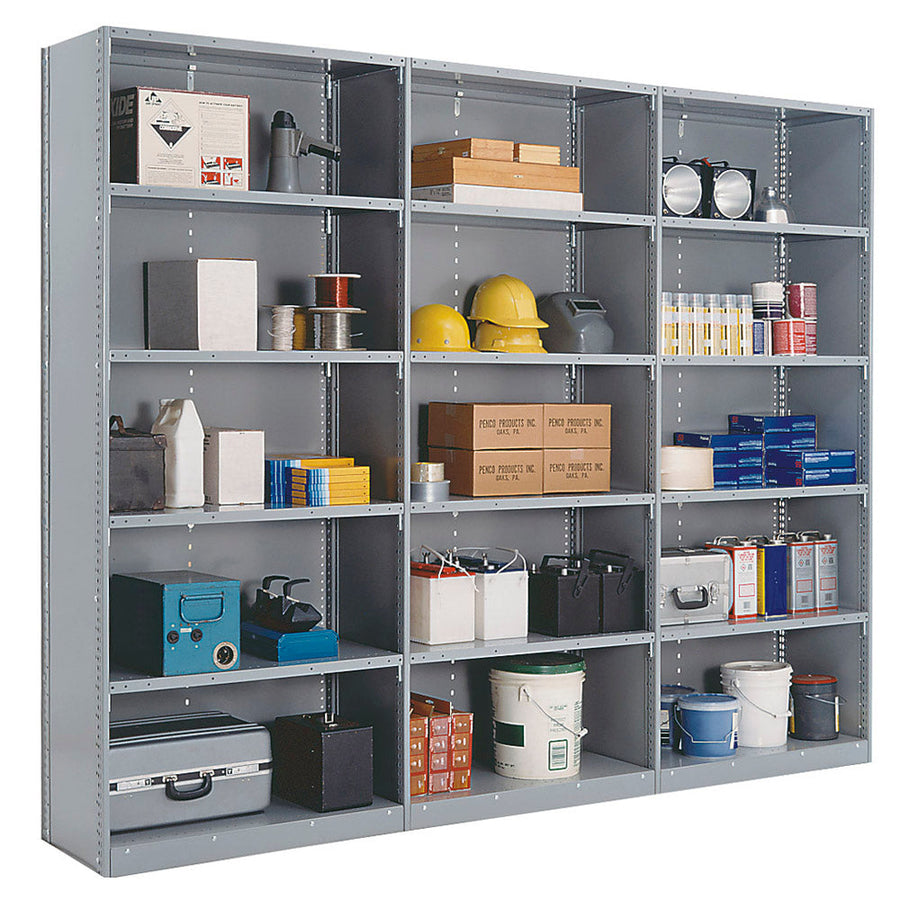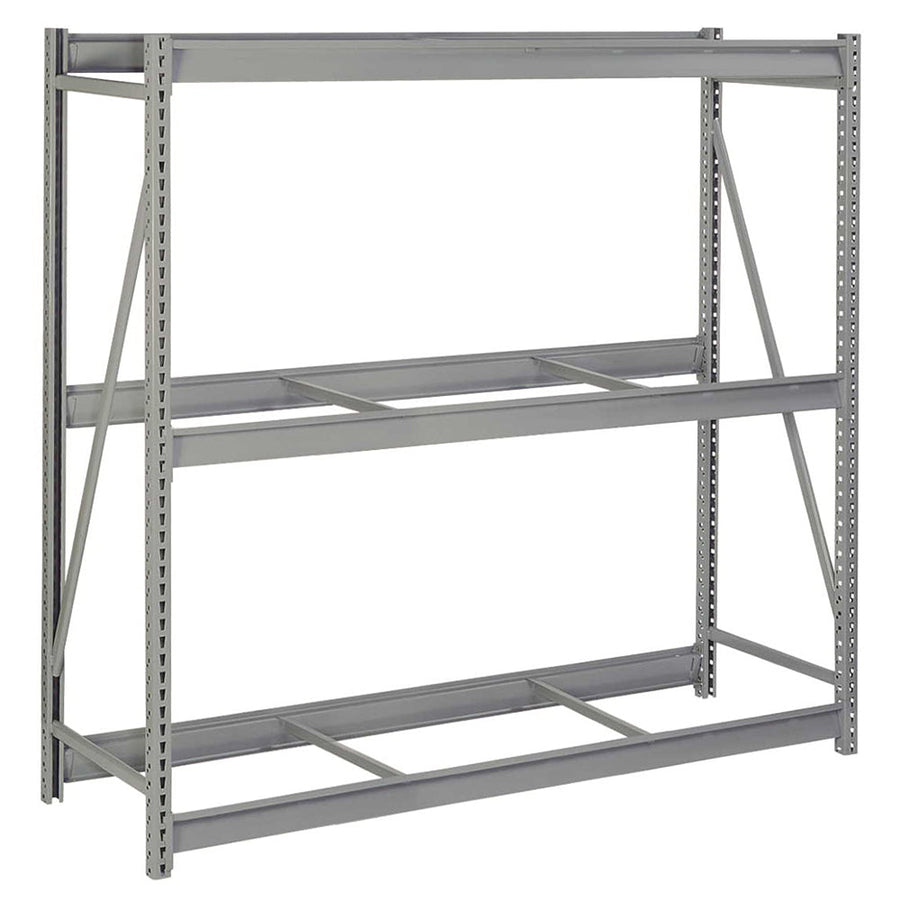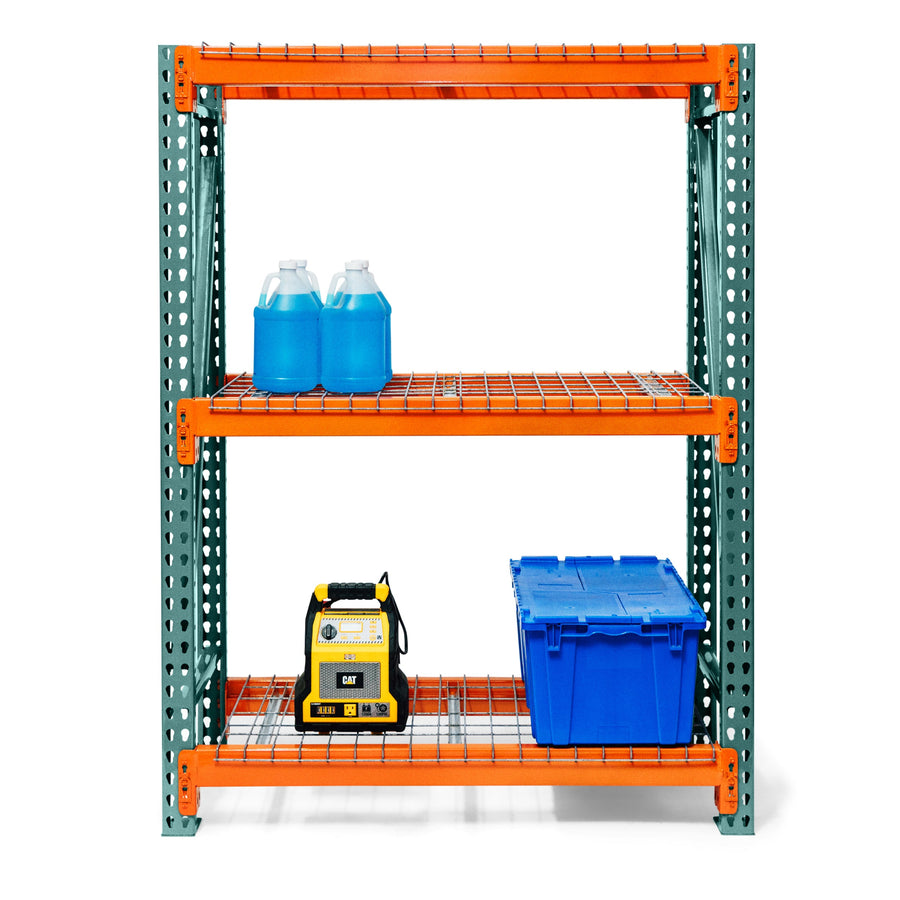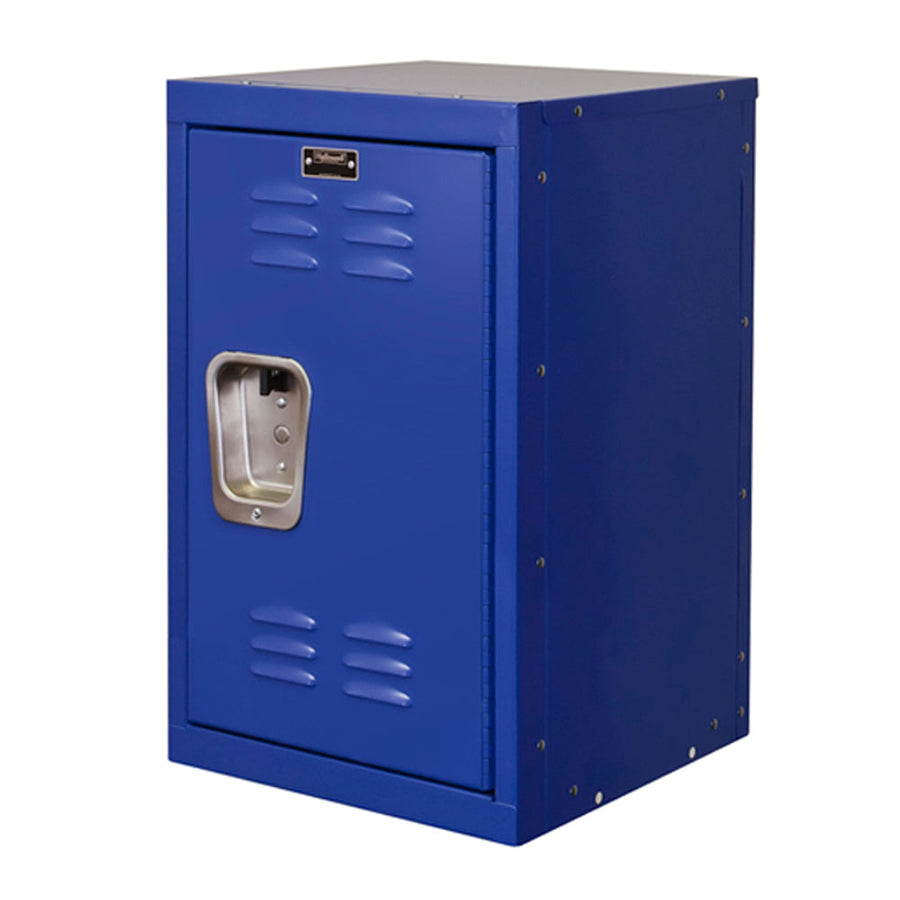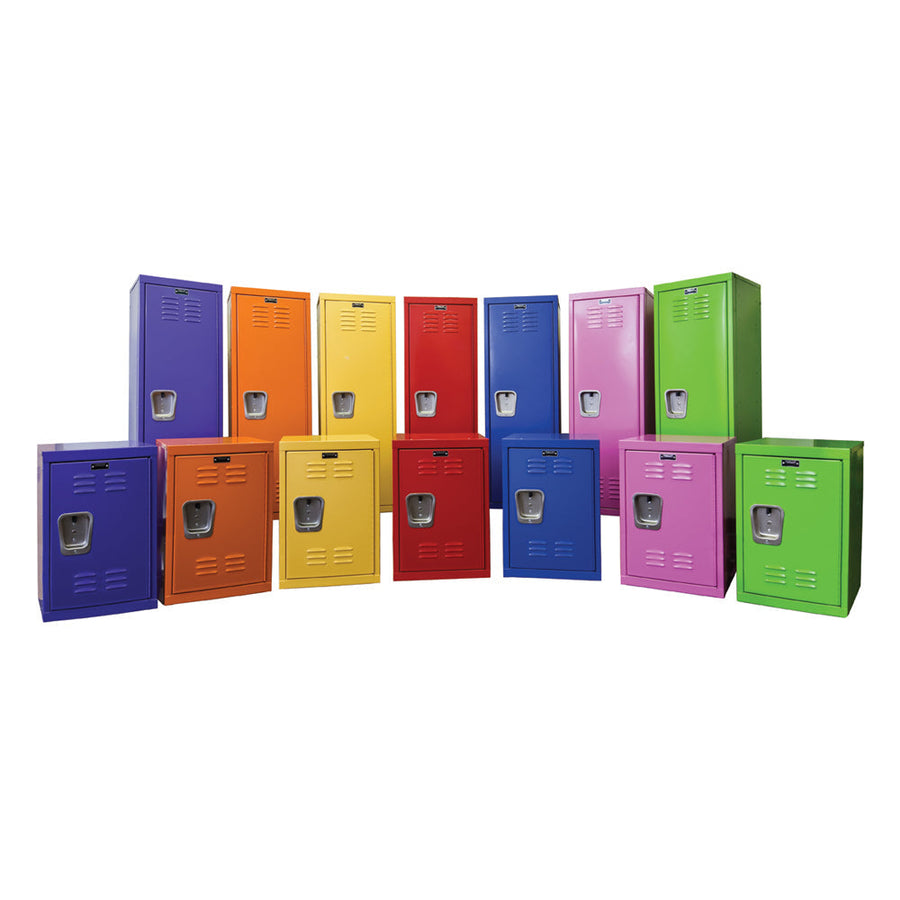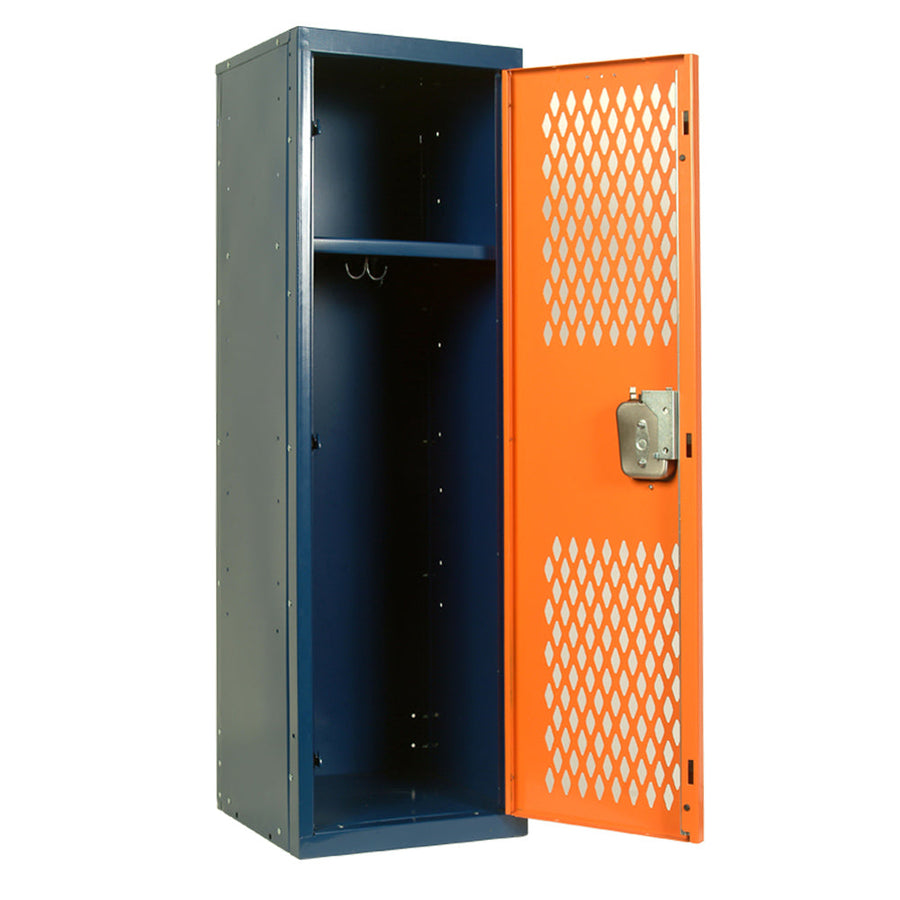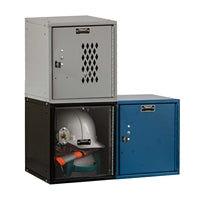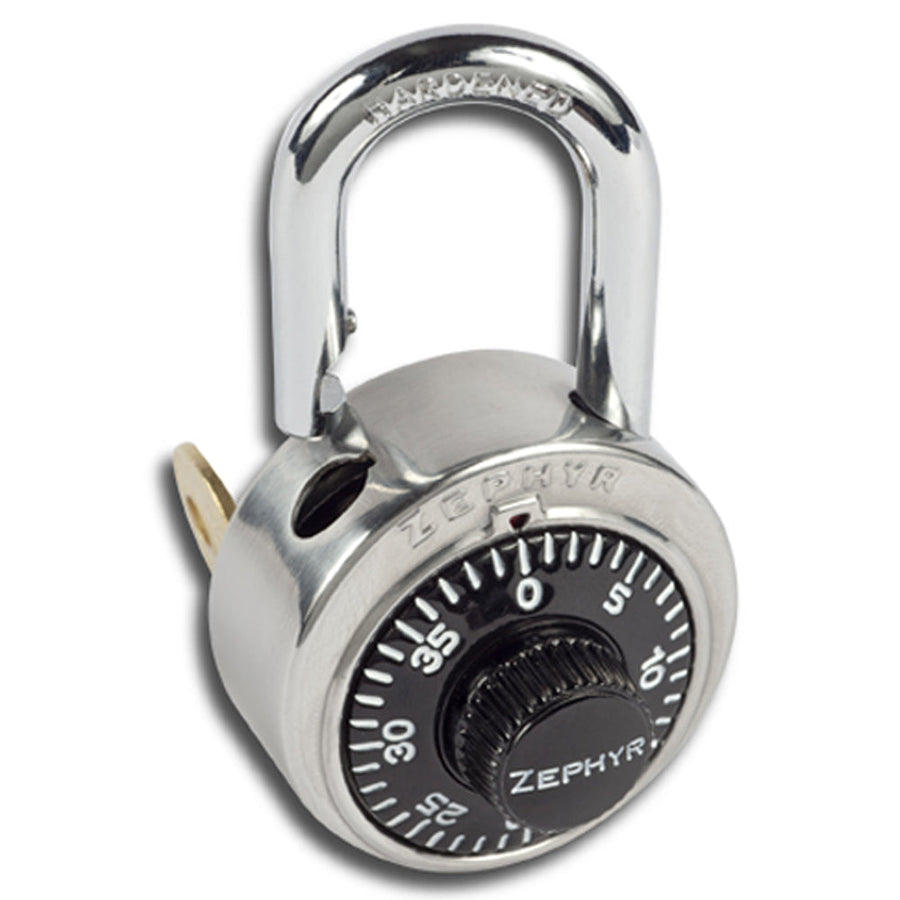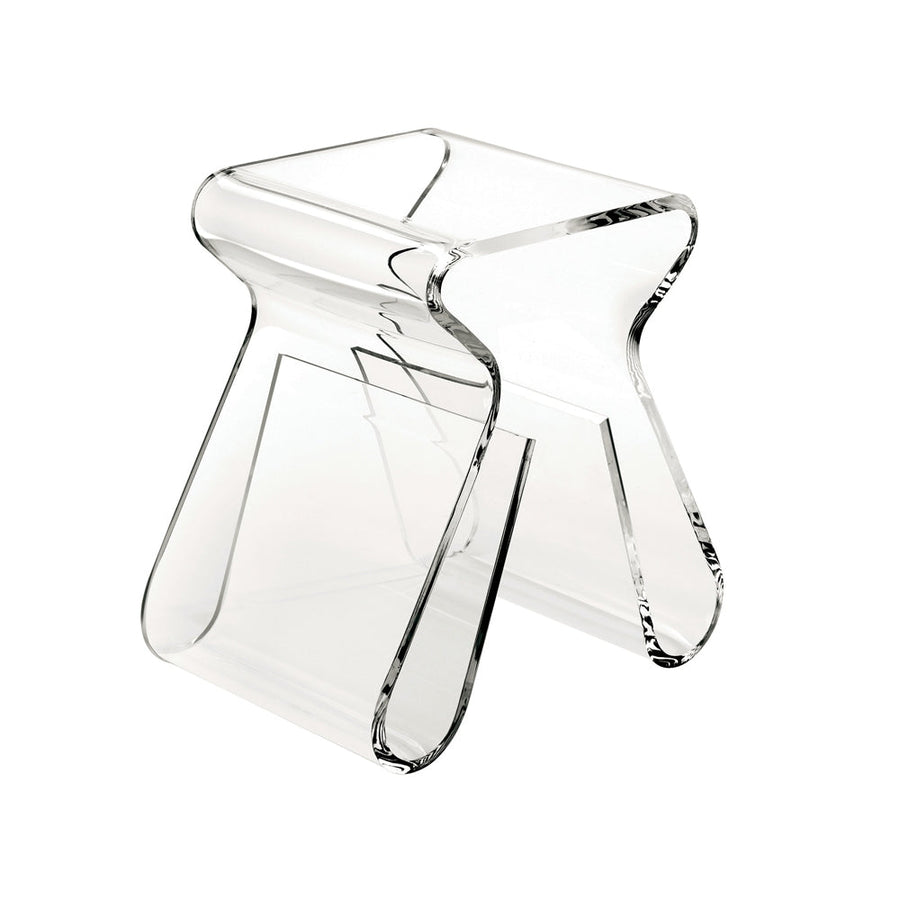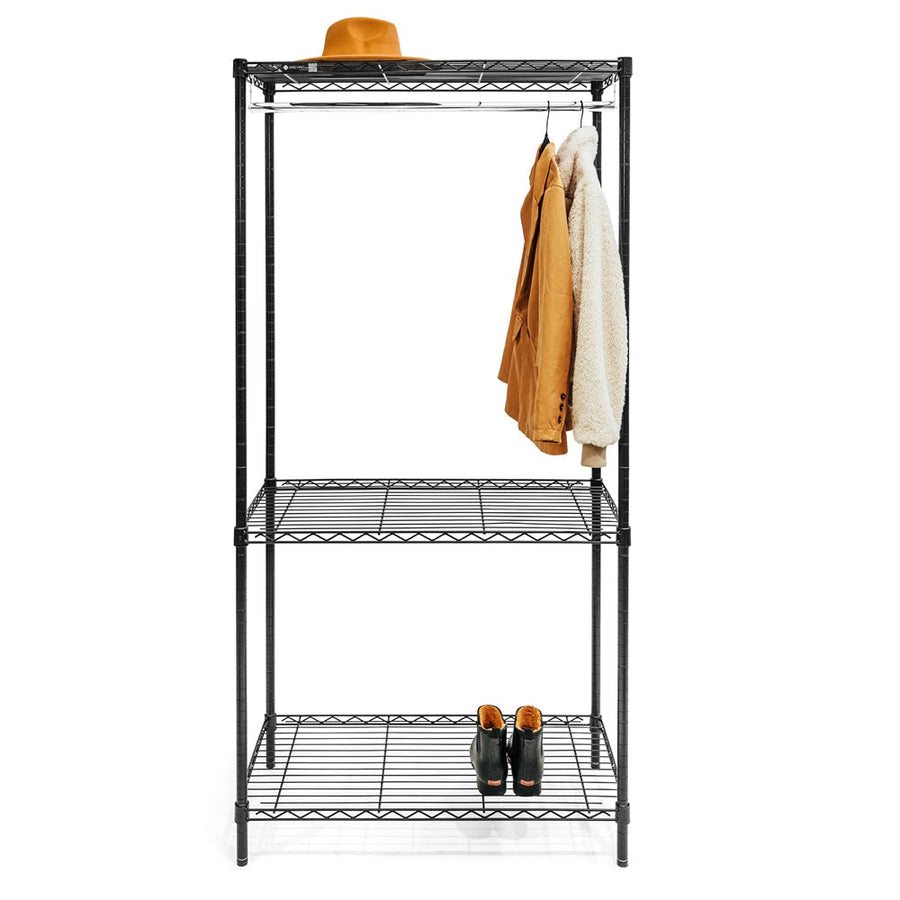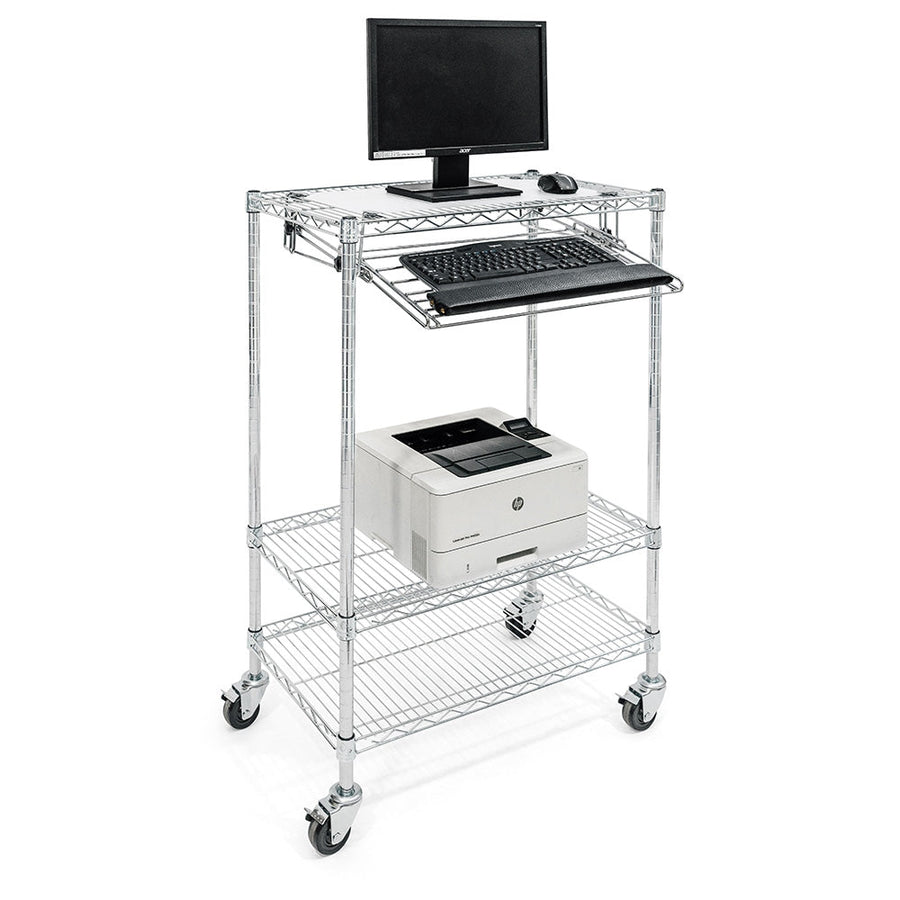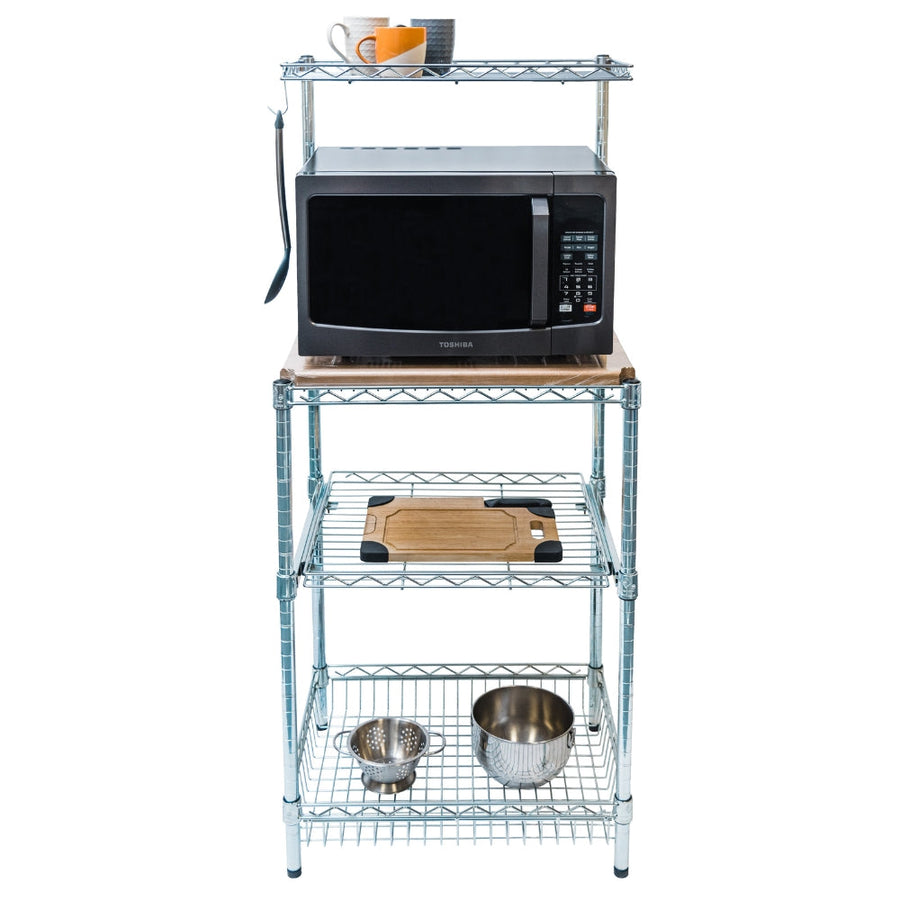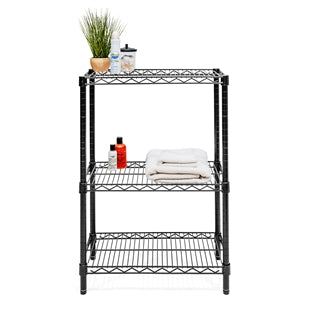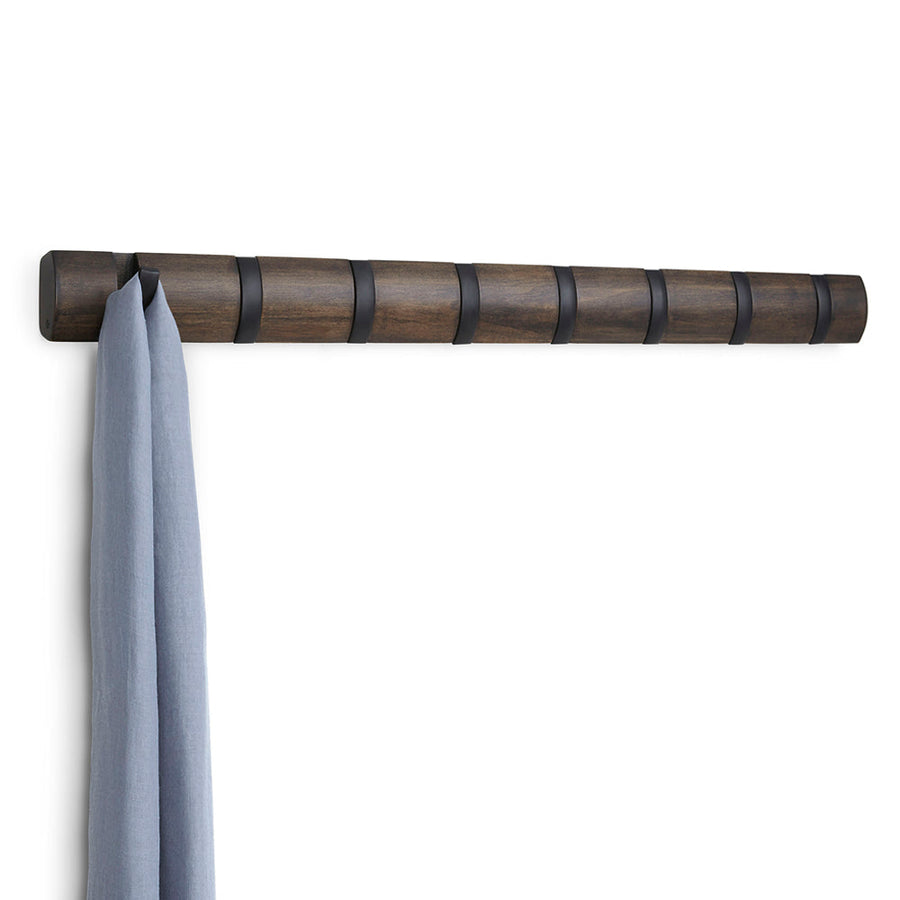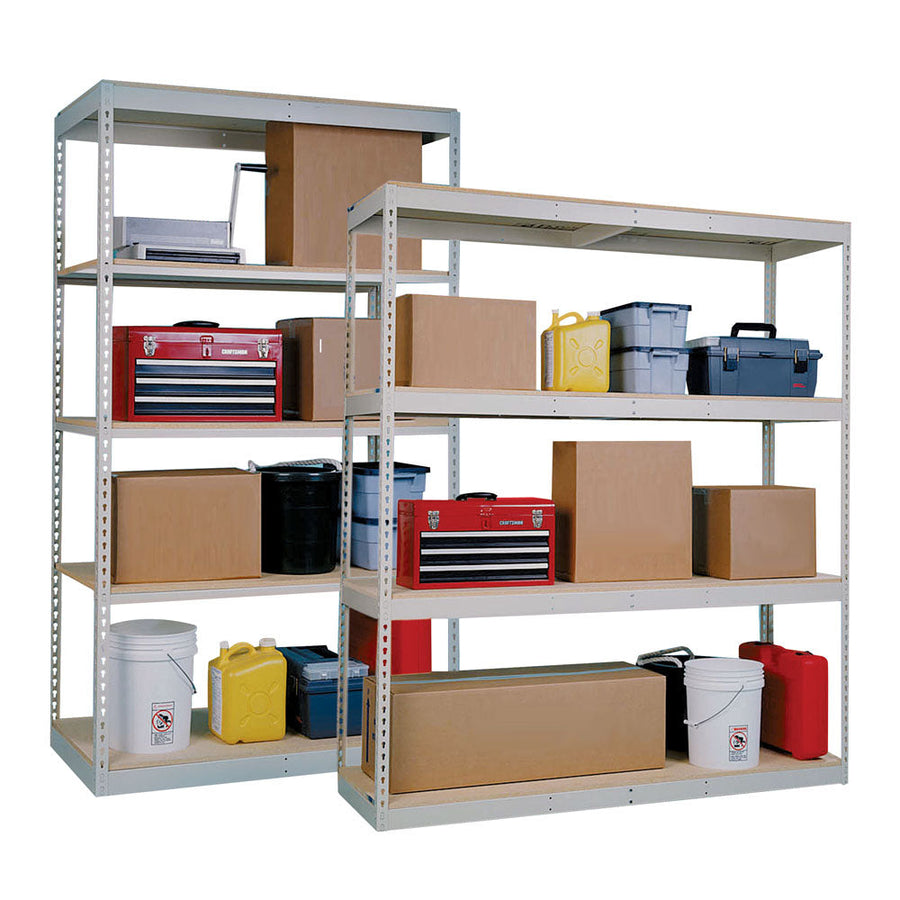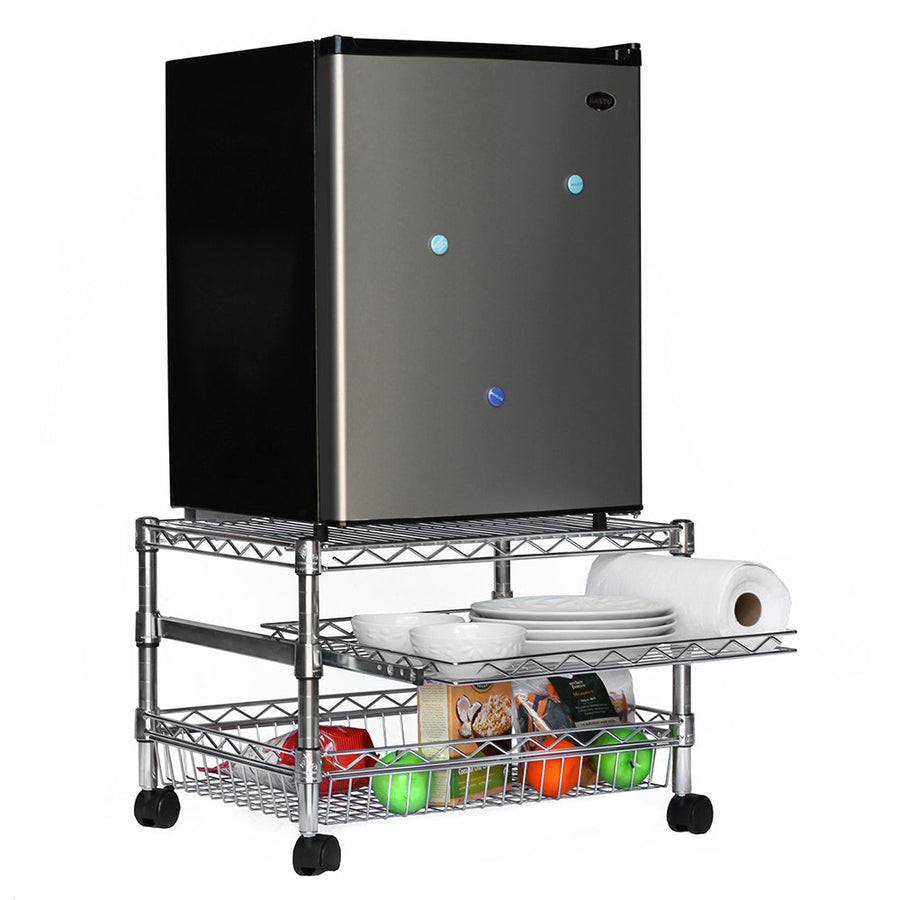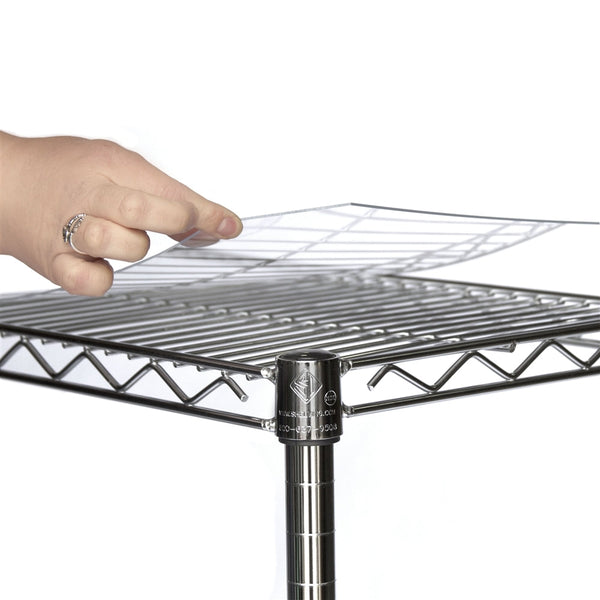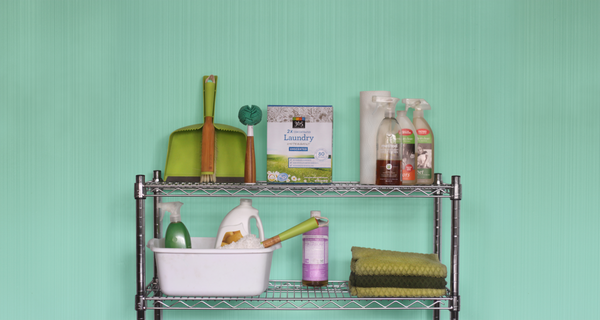Share
Happy Summer Solstice!
From fruits and vegetables to flowers & herbs of all kinds, indoor agriculture is a pretty big deal in many homes these days. An increase in urban and suburban population, with the accompanying decrease in access to gardens and lawn space, has meant that any budding (pun intended) gardner has had to get a little more creative if they’ve wanted to grow plants indoors.
Thankfully, these days, creating a cheap indoor grow setup is easier than ever, particularly if you have the right tools - and, of course, the green thumb to match!
Why should I grow my own produce?
There are so many reasons, dear reader. Do you trust the food industry with its cancerous GMOs? With its dangerous, bee-killing pesticides? With its environmentally-damaging and inhumane practices?
The healthiest, most environmentally-conscious way to eat is to buy local or to grow your own. It's not for everybody, but if you have a passion for going green (or at least a green thumb), you might really enjoy growing some wholesome produce indoors.
Even if you’re not too worried about GMOs and health concerns, indoor gardening is a great way to save money on produce and express yourself through growing, even if you don’t have access to enough outdoor space to create a traditional garden in your yard. Growing your own herbs and produce can help you save money and get access to fresh, naturally-grown fruits and vegetables whenever you want. Imagine never having to go back to the store because you didn’t have the full pound of mushrooms your recipe called for - sounds pretty good, right?
How do I create my indoor garden?
Creating an indoor garden takes a little planning and imagination to make sure it all fits where you need it to be. The best place to start when planning an indoor garden is finding the right space in your home to keep your plants, and using the right shelves for your indoor garden to keep everything organized.
Let’s start with the room. The room you choose for your indoor garden should have plenty of natural light. Wire shelving allows light to pass through multiple shelves which makes it the ideal choice for growing plants. If you don’t have space near a window, you can attach growing lights on the bottom of the shelf. These lights usually come with metal chains which can easily be attached to wire shelving – just use some utility hooks or wall mounting hooks.
To save space and increase efficiency on your grow shelves, you should only use taller wire shelving with a lot of accessible space, such as 5-shelf wire shelving units so that you can utilize your vertical space. Since you probably don’t have a ton of space to take up with a garden in your home (unless you’re fortunate enough to have an entire room you can devote to your garden), using a taller vertical shelf or even wall mounted wire shelving will let you position your shelves perfectly to catch sunlight and safely store everything you want to grow.
You'll want to label your plants so you can remember what's what. A tongue depressor works fine, but you'll find that investing in durable magnetic labels is easier in the long run. These
magnetic write-on labels can be moved and relabeled in a pinch. They won't get damaged by water or get hidden by large plants like other labels might.
What type of garden works best for me?
The most obvious route is growing in good ol' fashioned soil. If that's what you're confident with, stick with it. You can also just grow seedlings indoors and then transfer them to an outdoor garden. Starting seedlings indoors speeds up the growing process and leads to a stronger, more fruitful (or vegetful?) plant.
Hydroponics is a great way to grow plants indoors. Plants thrive in hydroponic systems - they grow faster and have better harvests. Another plus? You can't overwater or underwater these plants - in fact, you don't need to worry about watering at all.
However, hydroponics, even indoor hydroponic growing systems, requires some specialized equipment like air pumps, tubing and plant nutrients, so some research is involved before you can set up your own at-home hydroponics system. The people at your local hydroponics store can walk you through the process.
Either way, you’ll want shelves that won’t mold – wood just won’t do. Use our chrome wire shelving for a stand that won’t collect water or mold. If you plan on growing in a greenhouse, use epoxy coated shelving. Black epoxy shelving and white epoxy shelving has all of the benefits of chrome, but it is more resistant to rust, which is perfect for humid, moist environments. We also carry rust proof wire shelving that has a lifetime warranty against rust.
How do I outfit my growing unit?
Wire utility baskets and wire basket shelves are a handy helper for the supplies you need close at hand, like spray bottles and nutrients. Add wire shelf casters to easily move your growing unit, or if your grow operation is small enough you could keep it on wire utility carts for maximum mobility. Wire shelf liners provide a steady surface for tiny seedling containers.
Storage hooks like shelving j-hooks are always good to have – hang gloves, trowels, and clippers right where you need them. Use safe storage like plastic storage bins to store potting soil and other growing mediums.
Bakers racks can easily double as a potting station. With a wood worktop and tons of shelves for supply storage, it’s the perfect companion to your indoor growing garden.
So there you have it – now you can grow indoors to avoid damaging weather, pests and seasonal restrictions. Please post pictures and ideas for your indoor garden or hydroponic garden here or on our Facebook!


